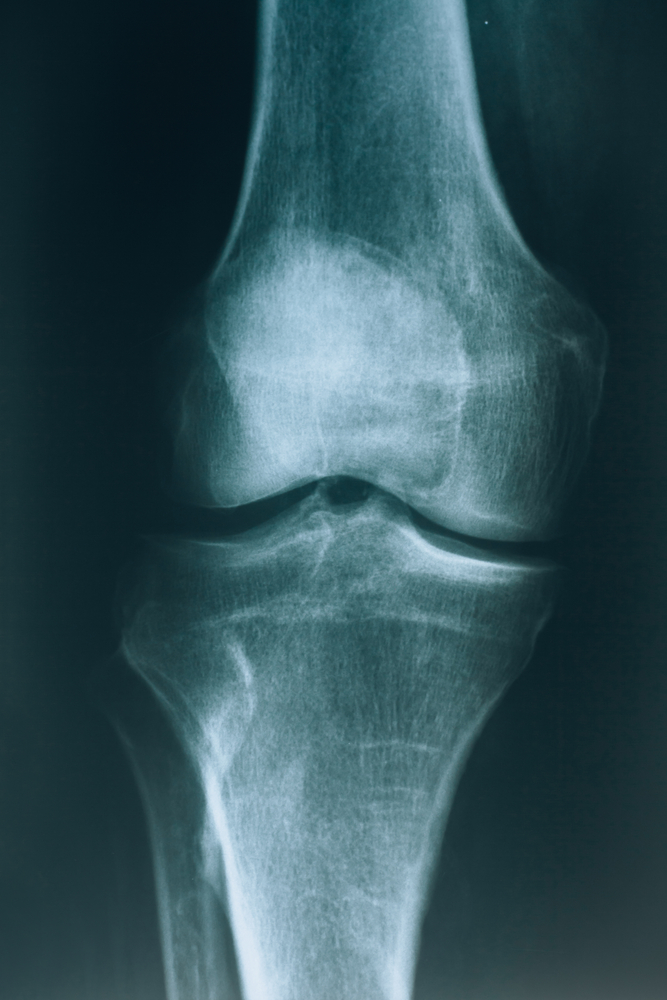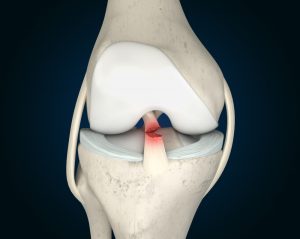What does osteoarthritis pain feel like?
Osteoarthritis is often known as ‘wear and tear’ arthritis. It can affect specific joints in the body and cause severe issues as it develops and gets worse. We see it most commonly in the spine and hips as Chiropractors but that doesn’t mean it cannot go to the knees, shoulders, and fingers.
It is different to Rheumatoid Arthritis (see blog next week for more information on RA) in that it is not an autoimmune condition. What this means is in an autoimmune condition the body is attacking its healthy cells as it recognises them as foreign. Osteoarthritis doesn’t do this; it is a breakdown of the joint following a trauma or overuse.
Very often we see OA in the knees, and this can be from an old injury. I fractured my kneecap (patella) whilst playing hockey in 2009, the ball flew up and caused a fracture through the middle of the knee cap. I had to rehab this for 3 months and now I can feel a difference in the strength of the two and the left one clicks if it is left sedentary for too long.
I will need to keep an eye o this and ensure I look after it. What happens is that because of the fracture, the joint doesn’t heal to 100% of normal and if it is not aligned properly, it will cause the knee to put stress on other parts of the knee, very often the inside (medial) part of the knee.
This has more pressure on it and over time the cartilage (soft pad) can wear away quicker than the other side, this cause the bones to get closer together and the knee to be more unstable. When the knee gets unstable the bone tries to grow around the joint to gain stability. This is what we see on an x-ray called osteophytes (small growths of bone). You see these on the vertebra in the spine where there is OA degeneration.
In the neck you can see in the middle cervical vertebra there is commonly OA joint degeneration from postural issues. We sit for too long and use iPhones which can put pressure on the neck causing the joints to take up more load and display OA symptoms.
How do I know if my joint pain is arthritis?
- Joint pain: The most common symptom of OA is joint pain. It is typically described as a deep, aching pain that worsens with movement or excessive use of the joint. The pain may also increase after prolonged periods of inactivity or rest.
- Stiffness: OA often causes joint stiffness, especially upon waking up in the morning or after long periods of inactivity. The stiffness may gradually improve with movement as it gets warmer through the day.
- Joint tenderness: The affected joint may feel tender or sensitive to touch. Even a slight pressure or gentle touch can cause discomfort.
- Decreased range of motion: OA can reduce the range of motion in the affected joint. In the lumbar spine (low back) this can make it difficult to pick things up or bend over.
How do you get rid of Osteoarthritis?
The short answer is ‘YOU DON’T’…. this doesn’t make for great news. However, it sounds worse than it is. We are all more than likely going to have some form of OA in one of our joints by the time we get to 70 years of age. Unless you have been wrapped in cotton wool, we are all subjected to the stresses and strains of life.
The way to manage OA is to get the muscles surrounding the joint as strong as possible to support the joint and allow it to work as optimally as possible.
For example, with OA in the low back we would try and do as much core stability work as we can to strengthen the low spine and take pressure off the joints in the low back. Exercises such as the dead bug, birddog and plank build strength and postural tone to allow the back to become stronger.
You cannot reverse OA only delay its progression.
Does osteoarthritis show in blood tests?
OA will not show up in blood tests. RA will do, when the GP or rheumatologist suspects RA they test for something called Rheumatoid Factor (RF). This does not mean you have RA, but it does indicate a type of inflammatory arthropathy that needs to be tested further.
The way to determine if you have OA is by taking an x-ray. We can then see on the x-ray if there are any osteophytes, joint space narrowing or alignment issues and then make a conclusion on whether the person has OA.
If you are experiencing pain and are worried about OA then give me a call and I can talk you through some options, alternatively you can WhatsApp me here and I will pick this up.
A lot of us have some form of OA and will do without knowing it, it’s only when it starts to become symptomatic It causes issues, so do something now to ensure it doesn’t become a problem.
If you do know someone who wants more advice, please send them our details. You can send them this blog and they can request a free copy of our book which has posture related exercises in it as well. Click here for FREE book.


